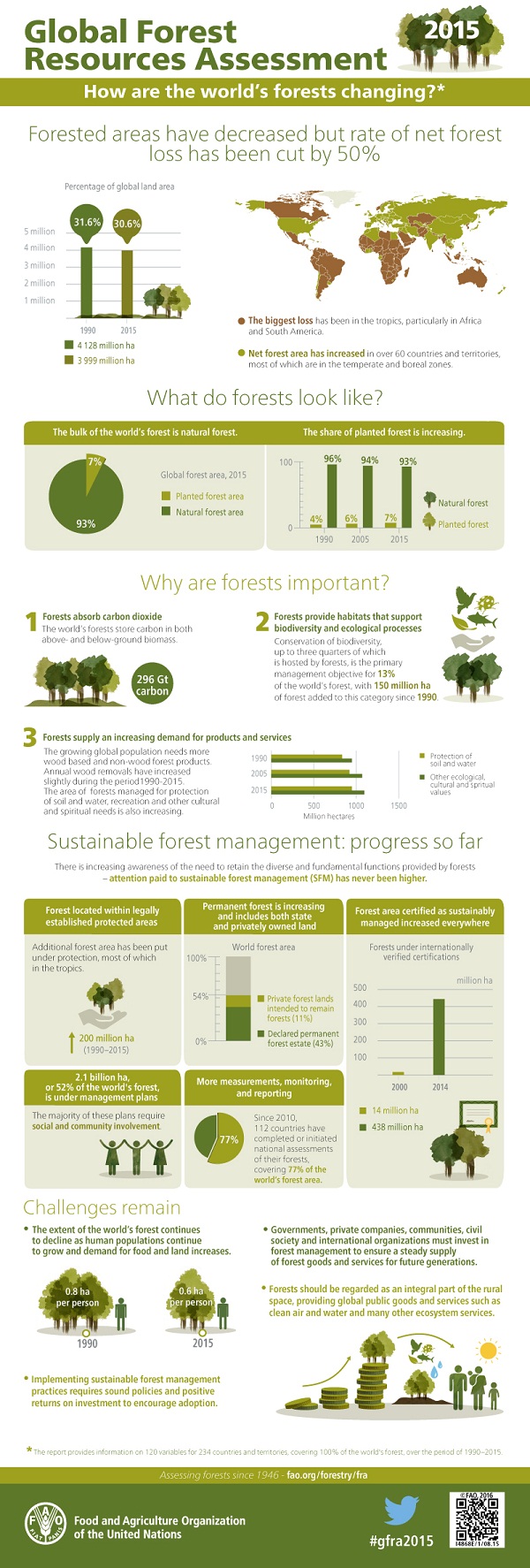The impact of the charcoal industry on Uganda’s environment should makes us despair, comments Boaz Opio.
Tree fellers should use the timber for making their own coffins. Because as they cut that 100-year old Mvule, they are killing a poor tree that has been busy supplying them with good air to breath.
It gets worse when they hack down a living tree to produce dead charcoal. This killing of a tree initiates endless cycles of murder no one can ever tell. First, life of a tragic carbon locked up in a thousandth year of captivity in the trunk is being restored!
Then the logger is innocently condemning the lives of uncountable species of living things.
Deforestation, and especially the destruction of rainforests, is a hugely significant contributor to climate change in Uganda.
Scientists estimate that forest loss and other changes to the use of land account for around 23% of current man-made carbon dioxide emissions – which equates to roughly 17% of the 100-year warming impact of all current greenhouse-gas emissions.
The impact of the charcoal industry on Uganda’s environment, which was once believed to be the most stunning of all Africa’s vegetation, makes us despair. Surely, if one day, the spirit of one Sir Winston Churchill, who constantly referred to Uganda as the Pearl of Africa could tour back, we cannot imagine what the late prime minister of Britain would make of how rapidly the country has lost it’s beautiful ecosystem to, primarily, primitive energy.
Ninety-six percent of Ugandan households depend on wood fuel for cooking. According to a study conducted by Food and Agriculture Organisation (FAO), the rate of charcoal production and usage in Uganda between 1998 and 2008 increased by 76% mainly due to increased urbanisation.
The study further noted that production of charcoal in Uganda was mainly based on cutting naturally growing trees using simple methods. The current rate of deforestation stands at 1.8%. This means the scarcity of firewood can only get worse unless ambitious interventions are put in place to reverse this trend.
Wood fuel is deeply rooted in both Uganda’s household and industrial energy mix that several attempts to cut the production of the fossil fuel often meets resistance.
In Gulu district, charcoal burners in January played hide-and-seek with the local authorities trying to impose a ban of just one month. More burning cannot help heal the already raped lands. But just how will the 85% of the population survive without a reliable alternative energy source? Will the small solar panels visible on few roof tops of villagers produce enough energy for cooking food?
According to some reports, Uganda loses close to 73,000 hectares of forest cover annually, which has critically catalysed the impacts of global warming in the land-locked country: fields that no longer grow crops and erratic and harsh weather conditions such as hot days, all have their seeds in a falling tree.
Every year, our atmosphere loses around 10 billion cubic metres of oxygen, replacing it with carbon dioxide that would absorbed by flora. Knowing this should help us appreciate the vital contributions made by trees.
During the course of its life, a single average 100 year old tree will have fixed the amount of carbon dioxide (CO2) contained in 18 million cubic metres of air in the form of about 2,500 kilograms of pure carbon. Experts have calculated that a hectare of wellw orking forestry annually absorbs about 6.5 tons of carbon dioxide while releasing 3.5 to 5 tons of oxygen.
For all of human history until around the dawn of the age of fossil fuels, the amount of carbon in the atmosphere was stable at ~275 parts per million (ppm).
As climate pundit Bill McKibben explains, “Parts per million is simply a way of measuring the concentration of different gases, and means the ratio of the number of carbon dioxide molecules to all of the molecules in the atmosphere.”7 275 ppm CO2 is a useful, balanced amount which allows enough greenhouse gasses to create a warm, livable climate but not so much as to make a dangerously hot one.
With limited renewable energy of poor nations, the demand for fossil fuel has swelled and our carbon-emissions have soared exponentially. As a result, there is now a dangerously high amount of carbon in the atmosphere. An average 100 year old tree is said to have availed 6,600 kilograms of oxygen for living creatures.
A single tree such as a mature Mvule can produce enough oxygen for 10 people for a year. Cut down a Mvule and you condemn 10 people.
Cut down a hundred and you condemn a village. Cut down a forest and you are committing genocide; aside from destroying wild-life habitats. Cut down forests for fossil fuels and you are doing no service to humankind.
You are an ugly blight not a blessing on civilisation and the face of this earth – you are burning the future!
**Boaz Opio is a climate change campaigner

 The Independent Uganda: You get the Truth we Pay the Price
The Independent Uganda: You get the Truth we Pay the Price



